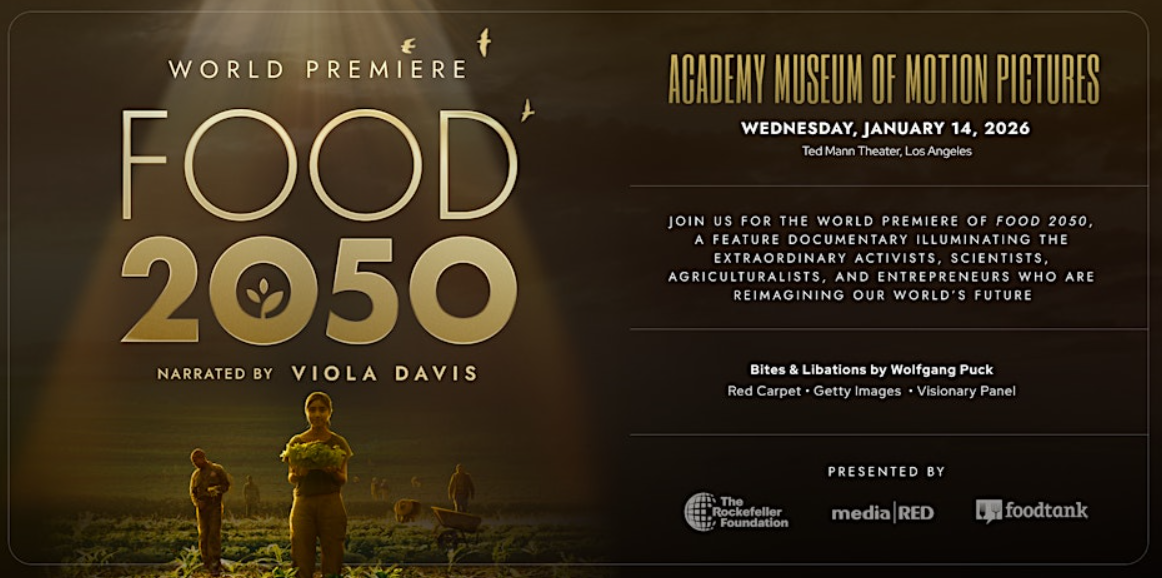I’m on the visionary panel. To register, click here.

I gave a talk last week at Hastings College in Hastings, Nebraska.
Before I left, Michael Moss, who wrote the New York Times investigative report about Hasting’s USDA animal research facility, mentioned the Kool-Aid museum.
The Kool-Aid museum?
As it happens, I adore museum exhibits devoted to single food items. The Hastings Museum houses a permanent collection of Kool-Aid historical materials and artifacts.

A Hastings resident, Edwin Perkins, invented this product in 1927.
Kool-Aid, in case this isn’t on your usual shopping list, is a flavored and colored powder that comes in small packets. You add the 4.6 gram contents—plus one full cup of sugar—to two quarts of water.
What’s in the packets? I was given a cherry limeade flavor: contains citric acid, maltodextrin, calcium phosphate, vitamin C, natural and artificial flavor, salt, artificial color, red 40, tocopherol [a form of vitamin E], BHA, and BHT (preservatives).
The less said about nutritional value, the better.
But take a look at its corporate history:
I loved the exhibit, even though you have to go through rooms full of guns to get to it.
The exhibit didn’t mention the Jonestown massacre, the source of the phrase “drinking the Kool-Aid” because Kool-Aid was not involved.